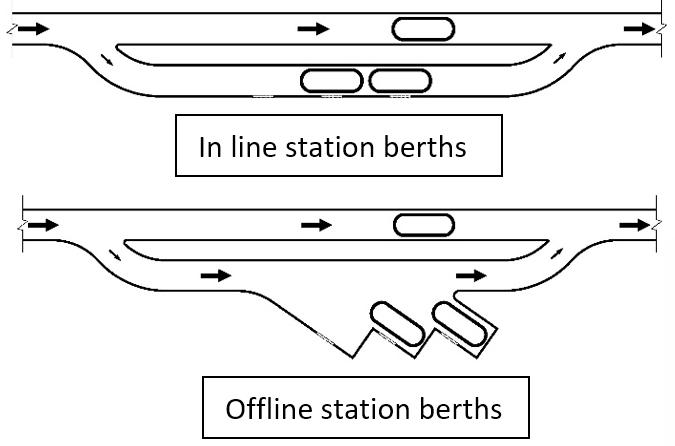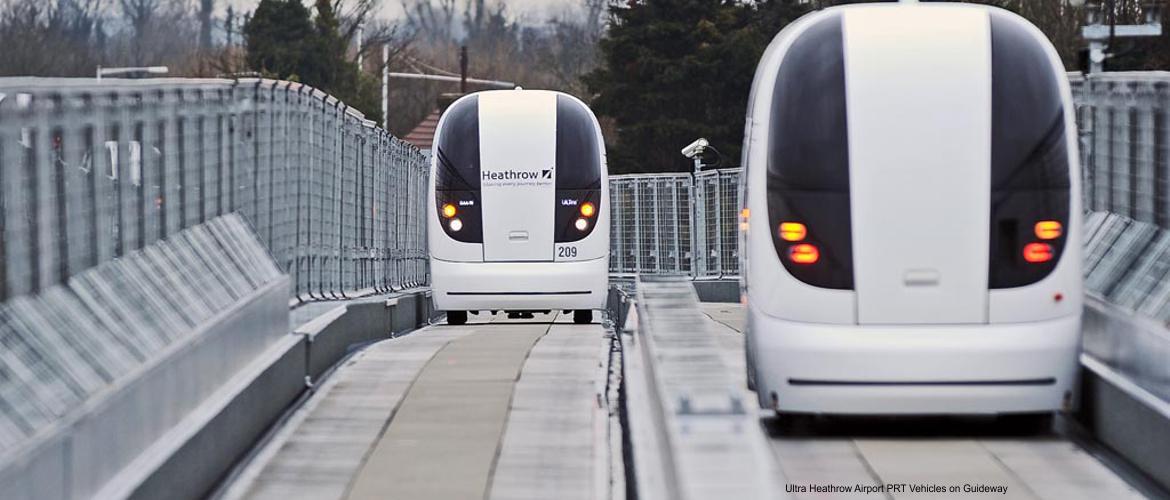
This page describes the fundamental workings of PRT systems and only briefly addresses the many variations that can be found.

Unlike conventional transit, PRT passengers have no need to know what the schedule is, what line to catch or transfers to make. All they need know is the name of their destination station.
In a simple PRT system, the passenger arrives at their origin station and purchases a ticket giving them access to the platform. They then approach the first empty vehicle bay and enter their destination station at the adjacent kiosk. The doors open on the waiting vehicle (or on the vehicle that arrives shortly), they board and depart for a nonstop trip to their destination station. This is a simplified operation that does not accommodate a tiered fare structure and does not encourage ride sharing, features which can make a PRT system more efficient and more attractive to a more diverse set of passengers.
A more complex, higher-capacity PRT system may cater to premium and economy passengers. A premium passenger would pay per vehicle - obtaining the exclusive use of a vehicle for themselves and other members of their party traveling to the same destination. Their waiting time would be minimized (probably less than one minute) and their trip would be nonstop.
An economy passenger would pay for their own trip and be expected to share a ride and wait (up to about five minutes) for fellow passengers to arrive. Fellow passengers would have the same destination or may be destined for a stop along the way. Thus, an economy passenger may have up to two intermediate stops. Facilitating ride sharing requires some organization of passengers in the station.
Personal Rapid Transit Station Animation . This two-minute clip shows how a four-berth personal rapid station facilitating ride sharing could operate.
